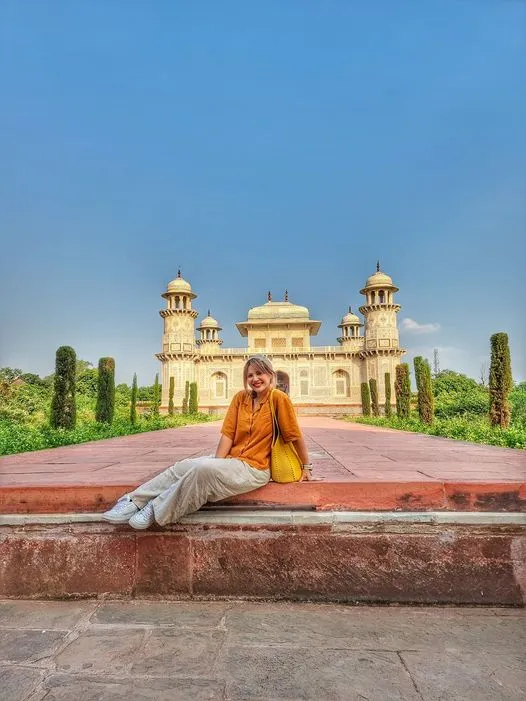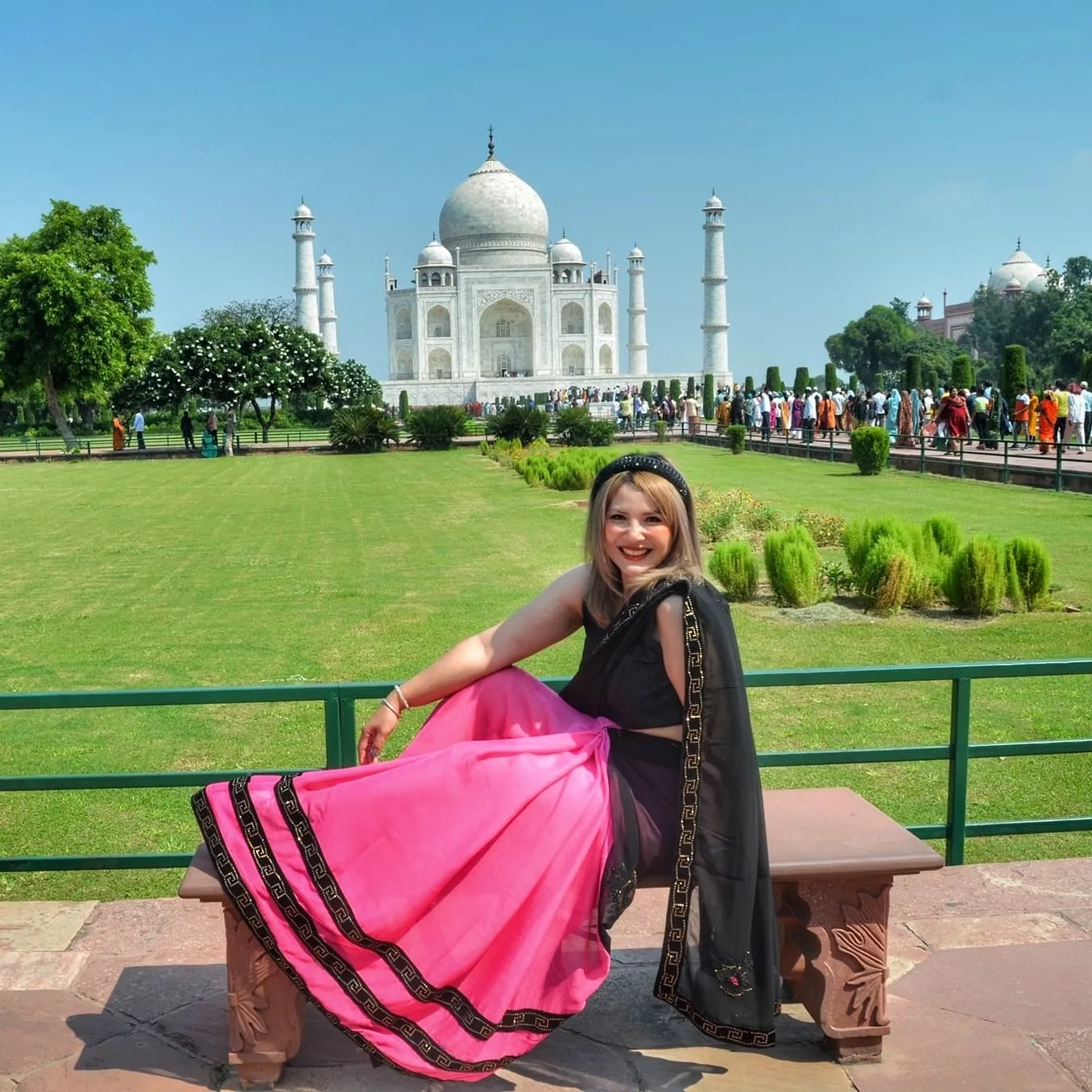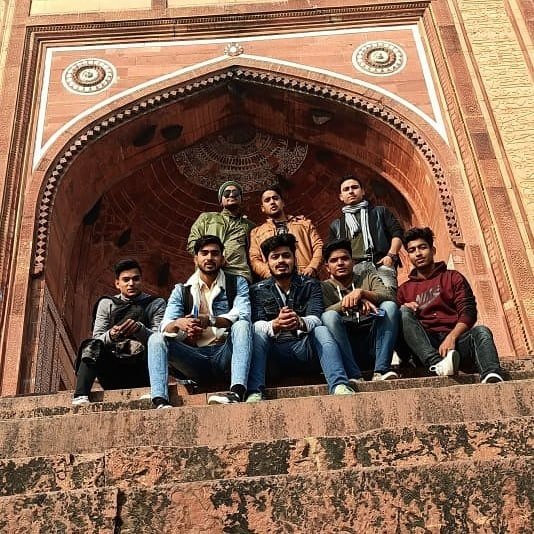If you're planning a trip to the Taj Mahal, there are a few things you should know before you go to make the most of your visit. Here are some tips to help you prepare:
Best way to travel from Delhi to Agra Taj Mahal
1. Timing: The Taj Mahal is open from sunrise to sunset, except for Fridays when it is closed for prayers. The best time to visit is at sunrise or sunset when the light is soft and the crowds are smaller.
2. Dress code: Visitors are required to dress modestly when visiting the Taj Mahal. This means no shorts, skirts, or sleeveless tops. You should also wear comfortable shoes as there is a lot of walking involved.
3. Security: The Taj Mahal is a high-security area, and visitors are required to pass through a security check before entering. You should avoid carrying large bags and other prohibited items.
4. Photography: Photography is allowed inside the Taj Mahal, but you are not allowed to use tripods or flash photography. You should also be respectful of other visitors and avoid blocking their view.
5. Guides: Hiring a guide is highly recommended as they can provide you with a wealth of information about the history, architecture, and significance of the Taj Mahal. Guides can be hired at the entrance of the Taj Mahal.
6. Crowds: The Taj Mahal is a popular tourist attraction, and it can get crowded, especially on weekends and holidays. To avoid the crowds, try to visit at sunrise or consider visiting on a weekday.
7. Weather: Agra can get very hot in the summer months, so it's important to wear sunscreen, a hat, and sand tay hydrated. During the winter months, it can get chilly in the early morning and late evening, so bring a jacket or sweater.
8. Respect: The Taj Mahal is a symbol of love and a religious site, so it's important to be respectful of the monument and other visitors. Avoid littering, smoking, or behaving inappropriately.
9. Accessibility: The Taj Mahal is a large complex, and there is a lot of walking involved. If you have mobility issues, you can hire a wheelchair or a golf cart at the entrance of the monument.
Sunrise Taj Mahal Tour By Car 2023 - New Delhi
By keeping these tips in mind, you can have an enjoyable and unforgettable experience at the Taj Mahal.


























